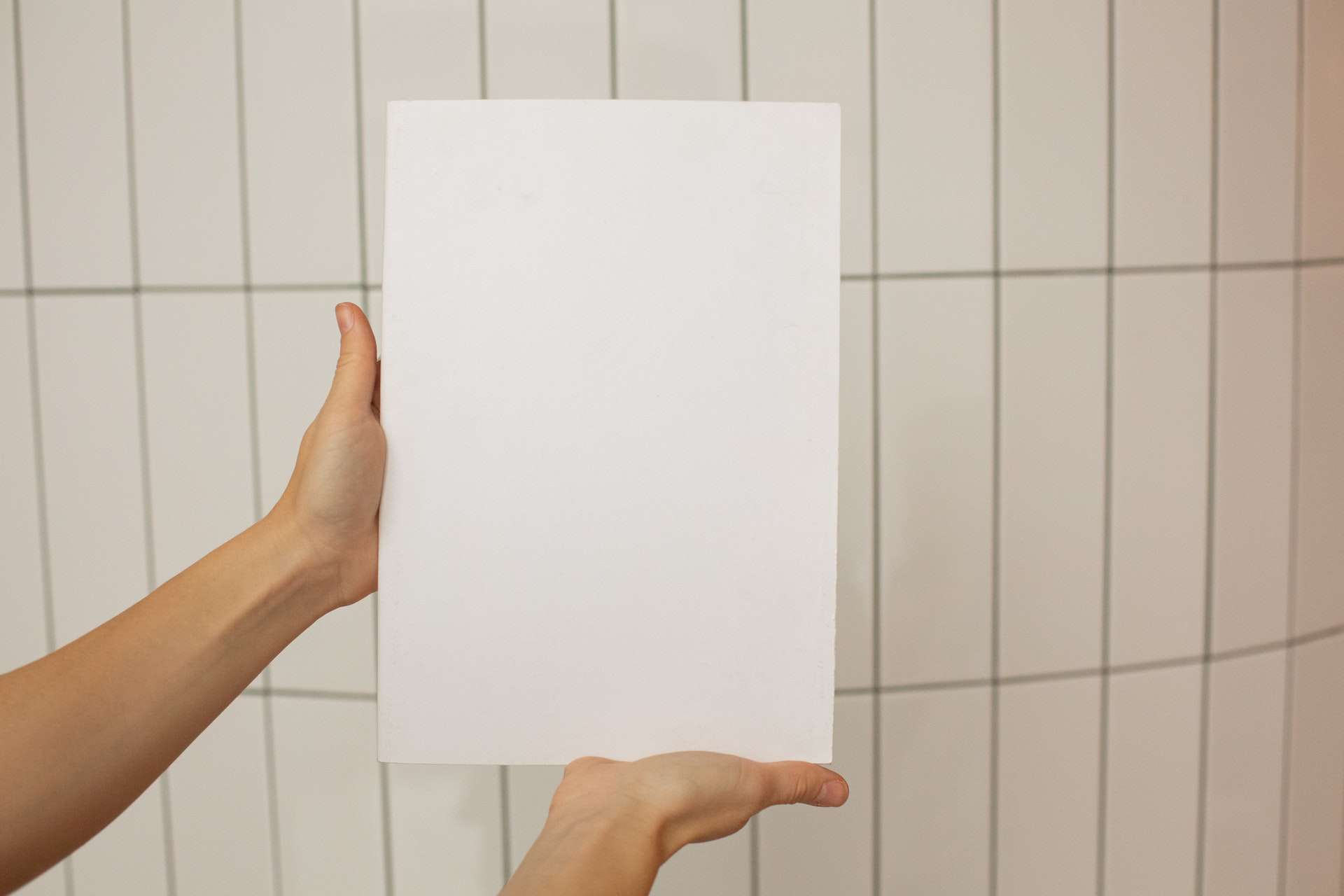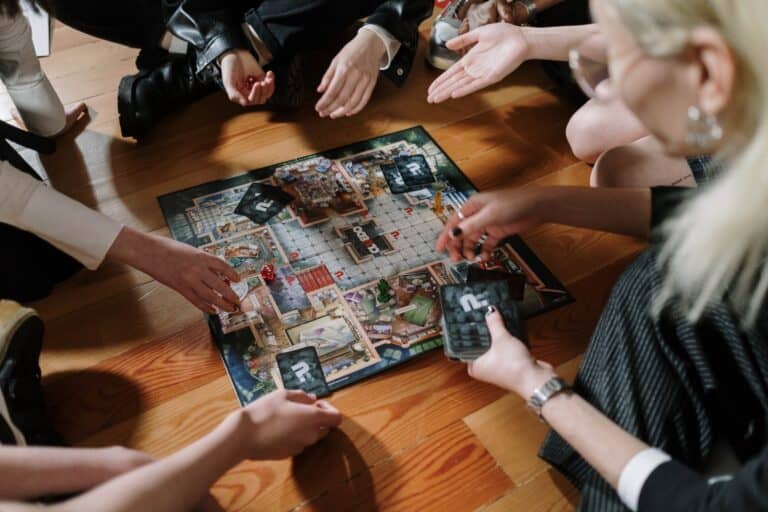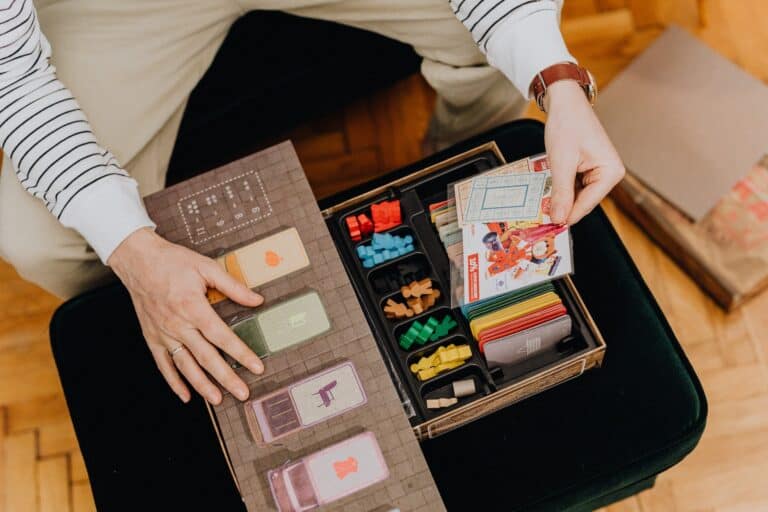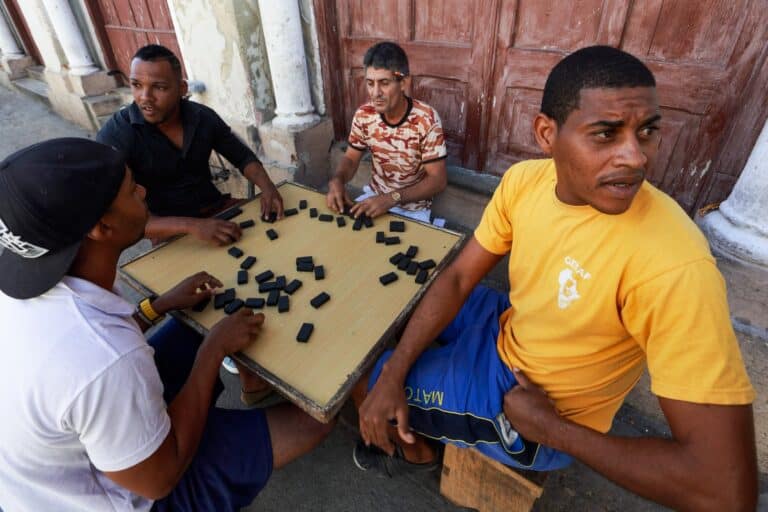From Idea to Prototype: Rapid Board Game Design Techniques and Tips
Introduction: Embrace the Fun of Game Design
From family gatherings to friendly get-togethers, board games have a special place in our hearts, don’t they? These compact boxes of fun have an enduring appeal that transcends age and culture. But have you ever wondered what goes into making a board game? In this article, we’ll dive into rapid board game design techniques that turn ideas into tangible prototypes with exceptional speed and effectiveness.
See also the second part of this article: From Idea to Prototype: Rapid Board Game Design Techniques and Tips – Part 2
Elon Musk once said, “When something is important enough, you do it even if the odds are not in your favor.” With the right mindset and tools, creating a board game can be an exciting journey, even if it seems daunting at first.
Nurturing the Seed: Ideation Techniques
Every great game starts with a great idea. But how do you generate these ideas? Techniques such as mind mapping, brainstorming, and lateral thinking can be incredibly helpful.
- Mind Mapping: This involves starting with a central concept and developing interconnected ideas around it. Let’s say your core concept is “pirates.” Mind mapping can lead to offshoot ideas like treasure, ships, battles, and islands.
- Brainstorming: This is a free-flowing idea generation method where you jot down every idea that comes to mind. Even the seemingly crazy ones might lead to something innovative!
- Lateral Thinking: Here, you approach the problem from a unique angle. For instance, instead of a pirate battling other pirates, how about a pirate who must negotiate trade agreements?
Remember what Patrick Bet-David mentioned about creativity? He said, “Innovation distinguishes between a leader and a follower.” And trust me, the board game industry craves innovation.
Sculpting the Concept: Game Mechanics
After the ideation phase, you start shaping the gameplay mechanics. Mechanics refer to the rules and procedures that guide the player and the game’s response to the player’s moves.
Your game might involve strategy, chance, or a blend of both. It could be competitive or cooperative. The key is to align the mechanics with your initial idea. Make sure the rules enhance the fun, not hamper it.
Here’s a fun fact. Did you know Monopoly, one of the most popular board games globally, was initially designed to demonstrate the ill effects of land monopoly? It indeed turned out to be an engaging experience, even with its educational roots.
Visualizing the Game: Artwork and Aesthetics
Artwork and aesthetics contribute significantly to the game’s appeal. They set the mood and the game world’s tone, making it more immersive for the players.
Collaborate with artists or use online tools to create engaging visuals. Remember, consistency in style is key. From the game board to the player pieces and cards, a uniform style helps maintain the thematic continuity.
Walt Disney once said, “Animation can explain whatever the mind of man can conceive.” The same principle applies to your game’s artwork – it brings your ideas to life.
Validating the Concept: Prototyping
The idea takes a physical form in this stage. You can use readily available materials for the prototype – paper, cardboard, or even digital platforms.
The prototype doesn’t have to be perfect; its purpose is to test the game mechanics and get feedback. Remember, “The value of an idea lies in the using of it,” as Thomas Edison wisely put it.
The Magic of Playtesting: Refining Your Game
The real test of the game is in its playing. Conduct multiple playtesting sessions. Watch how the players interact with your game. Where do they seem confused? When do they have the most fun? Use these insights to refine your game.
Your prototype will change a lot during this stage, and that’s a good thing. It means you’re improving, and as Winston Churchill said, “To improve is to change; to be perfect is to change often.”
Conclusion: Your Game, Your Rules
Designing a board game is an enriching journey filled with creativity and problem-solving. The techniques discussed here can accelerate your design process, but remember, you’re the game designer. It’s your game, your rules. As you embark on this adventure, keep Patrick Bet-David’s words in mind: “Always think like a student – never be too big to ask questions, never know too much to learn something new.”
So, are you ready to bring your board game ideas to life?
FAQs
What are some good resources for board game design?
Answer: BoardGameGeek forums, the Board Game Design Lab podcast, and books like “The Art of Game Design: A Book of Lenses” by Jesse Schell offer valuable insights for aspiring board game designers.
How long does it typically take to design a board game?
Answer: The design process can take anywhere from a few months to a few years, depending on the complexity of the game and the amount of testing and refining needed.
What should I do if I’m stuck during the game design process?
Answer: Step back for a bit, play other games for inspiration, and seek feedback from fellow designers. Remember, every hurdle is an opportunity for innovation.
Keywords: Board game design, rapid design techniques, game ideation, game mechanics, game artwork, prototyping, playtesting.
References: BoardGameGeek, Board Game Design Lab, “The Art of Game Design: A Book of Lenses” by Jesse Schell.
Anecdote: When I was designing my first board game, I was obsessed with the idea of creating a perfect prototype. One day, my niece visited and scribbled all over my “perfect” board design. I was upset until I realized that her innocent doodles gave me a fresh perspective on my game’s artwork. Since then, my prototypes have always been ‘perfectly imperfect,’ and every scribble and scratch is an opportunity for a new idea.







